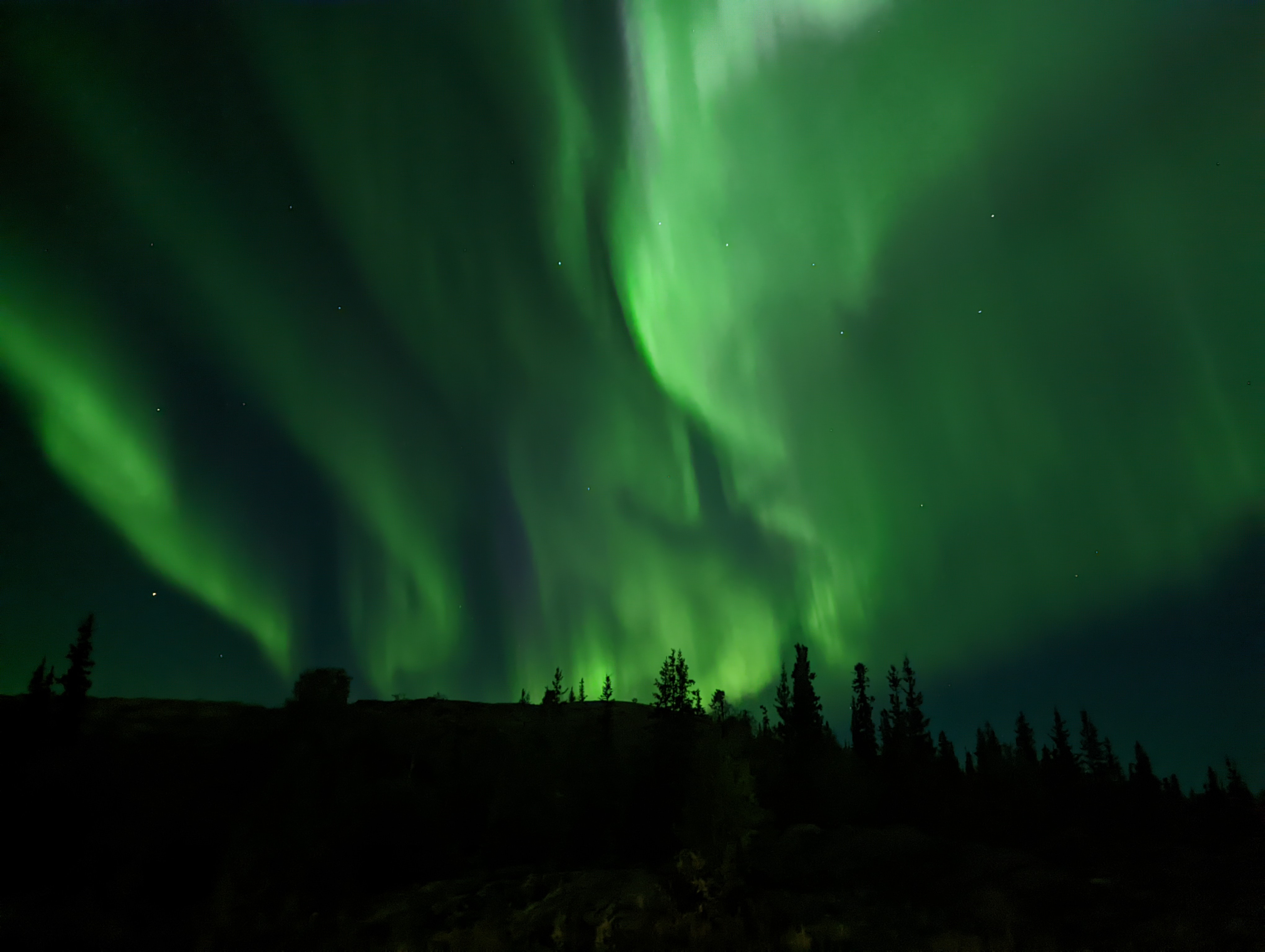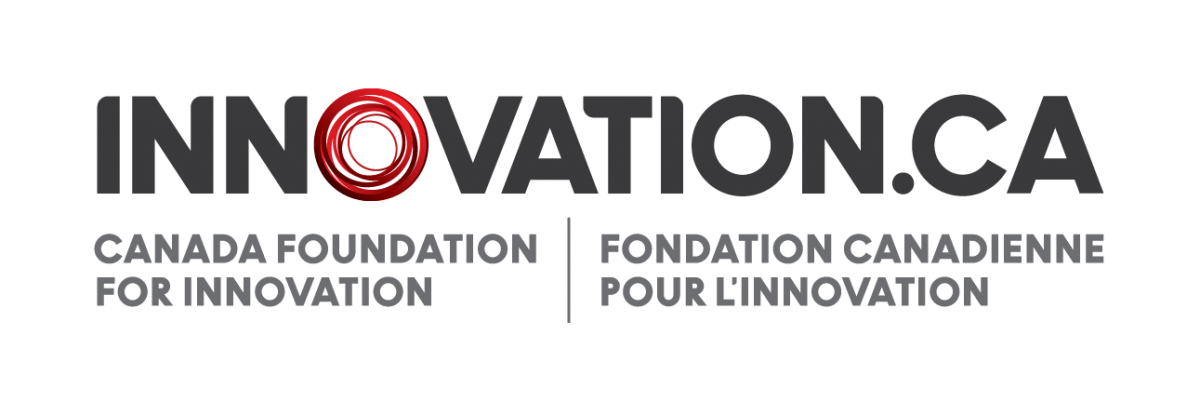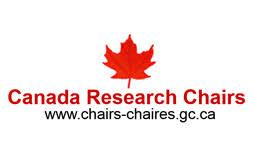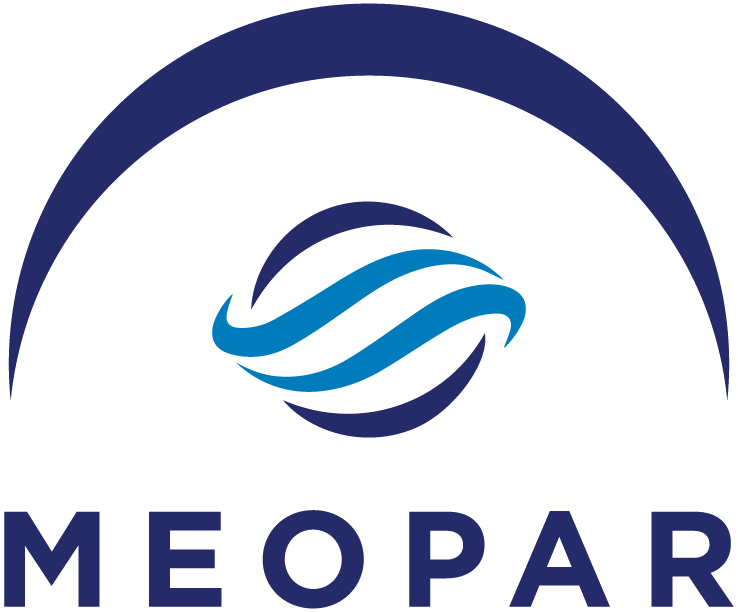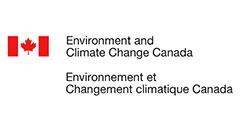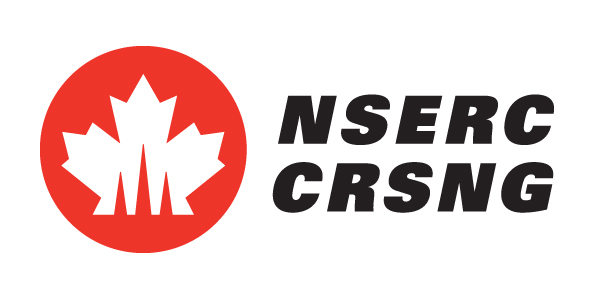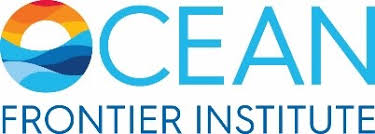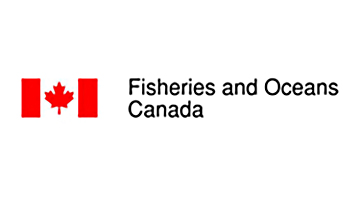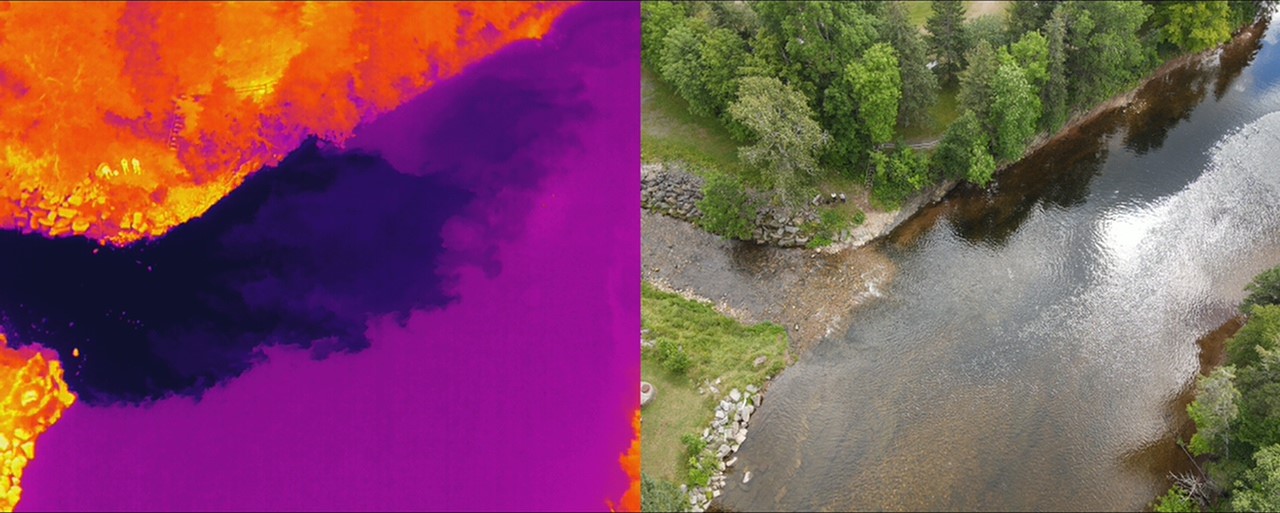Ìý
Coastal Hydrogeology - Saltwater Intrusion Threats to Islands
We have several projects focused on saltwater intrusion into coastal or small-island aquifers. We are examining both impacts to coastal communities as well as island ecosystems. To date, work has been focused on Sable Island, NS; Hog Island, PEI; Lennox Island, PEI; Wolfville, NS; and generic (modeling) northern continental coastlines.

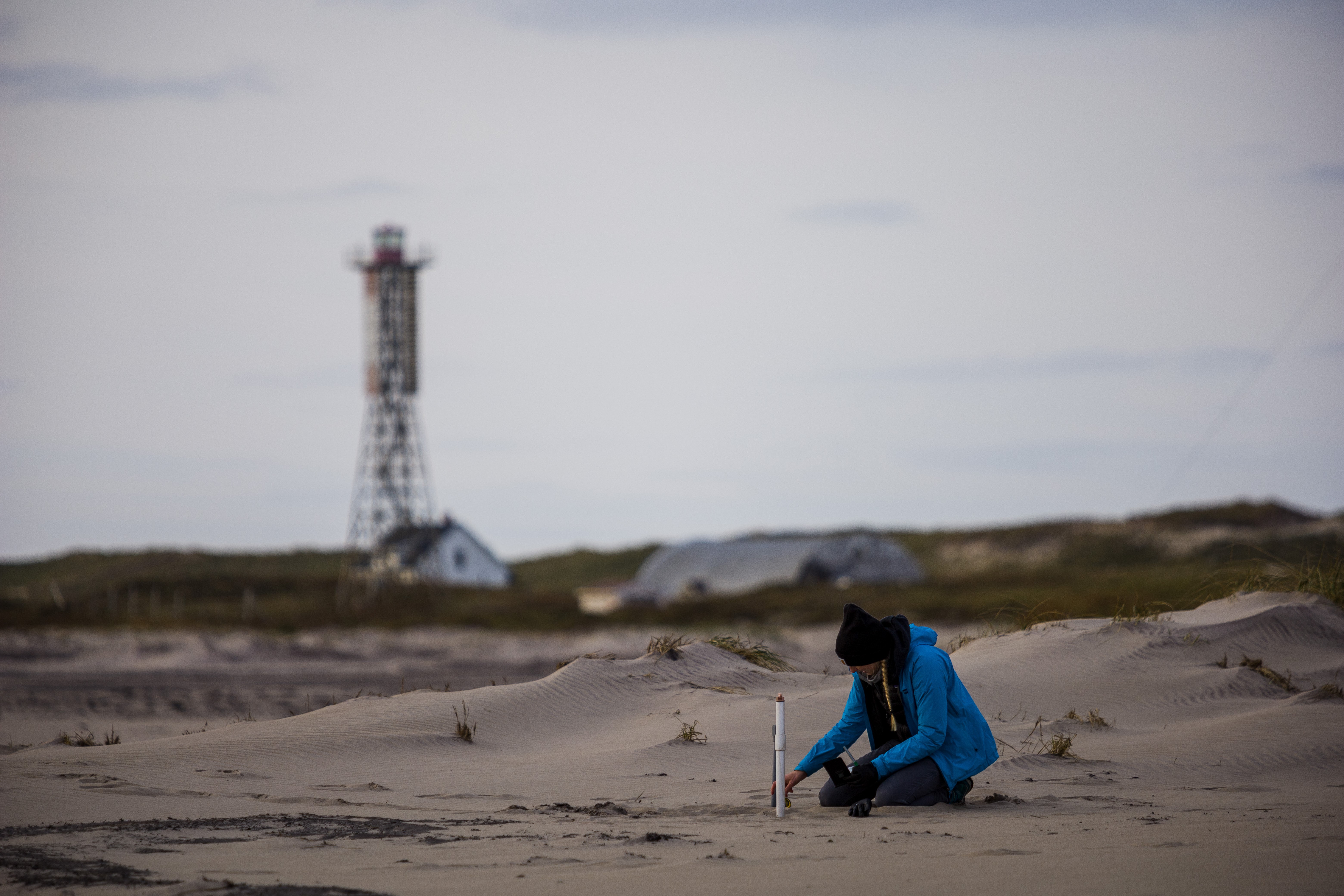

Ìý
Coastal Hydrogeology - Water Resources Challenges in Dykelands
Nova Scotia has 241 km of dykes that protect over 17,000 Ha of land. These dykes were not built to withstand climate change, and decisions must be made to decide which dyke management strategies are best suited for these complex areas with the future of agriculture and coastal activity in mind. Our lab is working in partnership with AAFC and the larger NSERC ResNet project to aid in decision making from a groundwater resources and agriculture crop protection perspective.
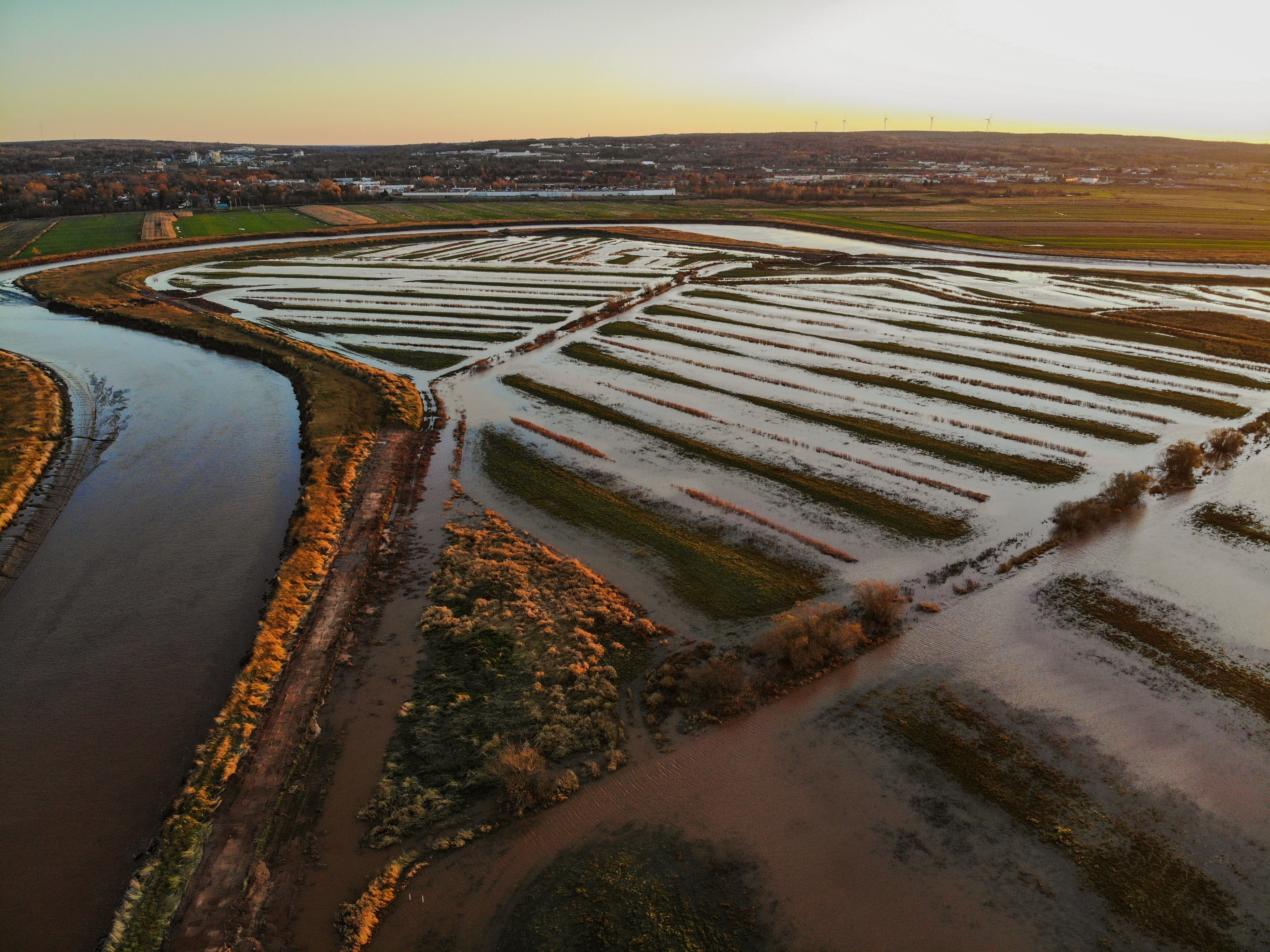
Ìý
Coastal Hydrogeology - Groundwater-Borne Coastal Pollution
Coastal aquifers can provide a conduit for anthropogenic pollution of coastal waters. This type of discharge is known as submarine groundwater discharge, and is receiving increased attention in the international literature. We have projects launched in several coastal communities across PEI and Nova Scotia. These examine sources, pathways, and ecosystem impacts of coastal nutrients and bacteria.
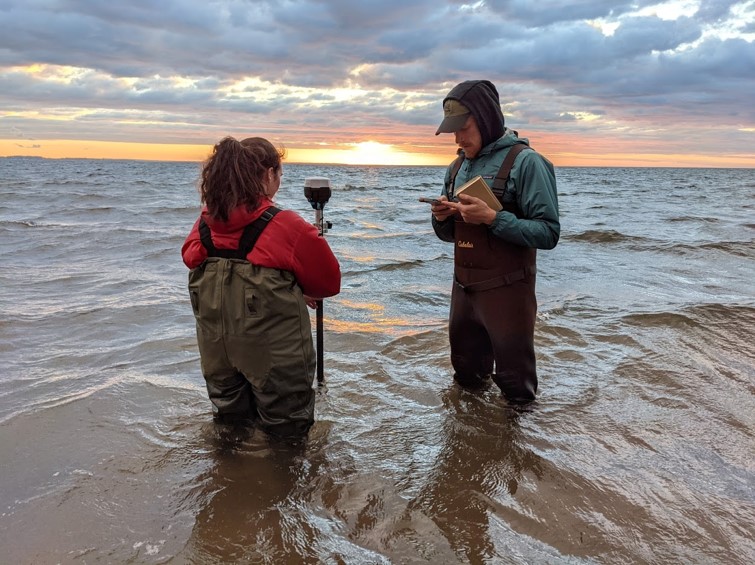
Ìý
Coastal Erosion
We are combining drone technology and ground-based mapping with wave buoys/loggers and coastal ADCPs to study the links between coastal hydrodynamics and morphodynamics. Our focus is where hydrological processes (e.g. groundwater exfiltration or water table height) influence erosion dynamics.
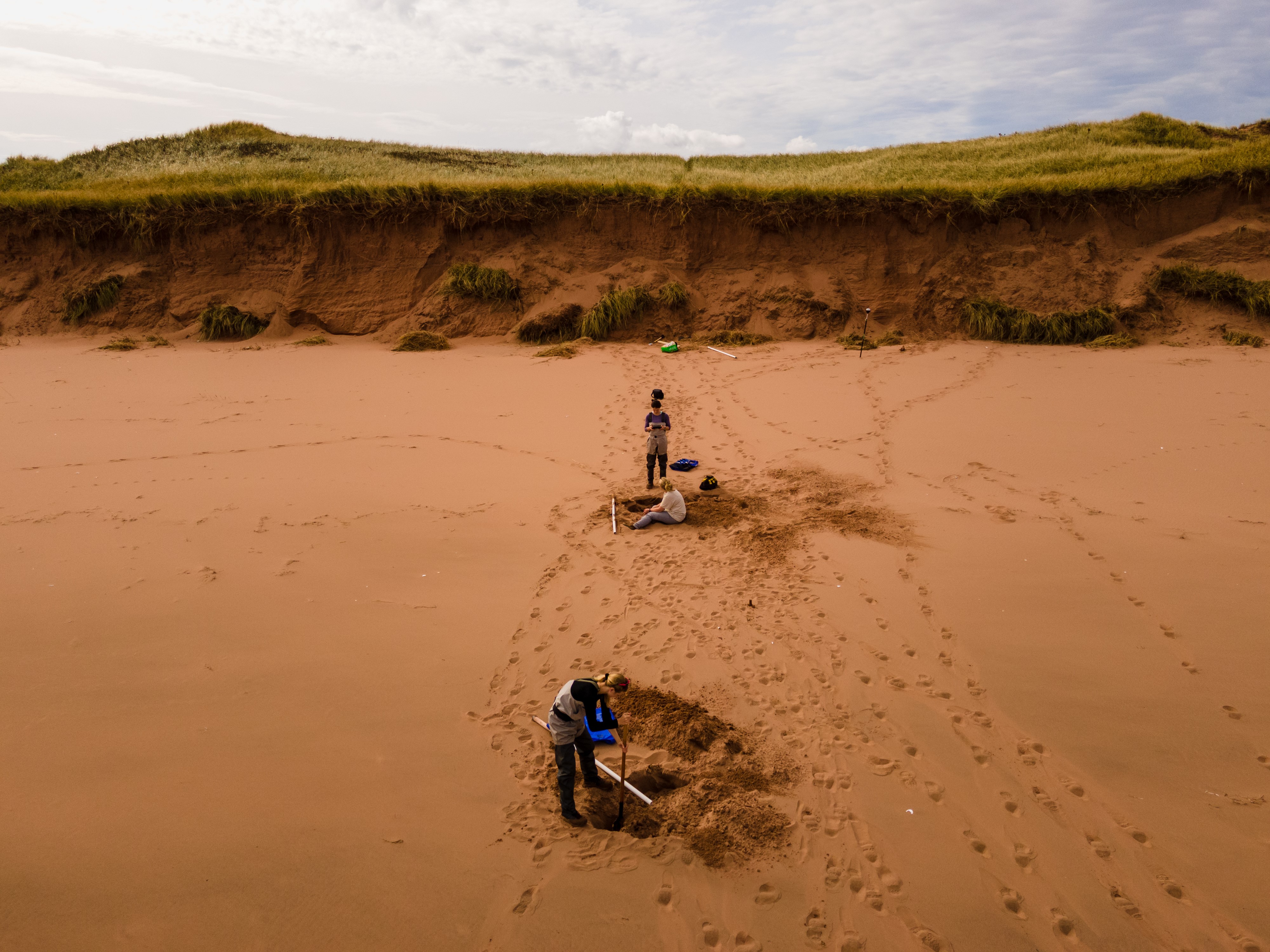
Ìý
Groundwater and Surface Water Temperatures
We study temperature patterns in aquifers, rivers, and coastal zones to better understand thermal drivers of ecosystem dynamics and sensitivities to climate change. We have instrumented and monitored a number of rivers, estuaries, and lagoons around the Maritimes using conventional water temperature loggers and cutting-edge drone-based and fiber-optic technology. We have also developed tools and algorithms for quantifying vertical fluid and heat exchanges between surface water and groundwater using temperature. These detailed site-specific studies are being upscaled in regional and global analyses of present and future groundwater temperatures.
Ìý
Cold Regions Hydrology and Hydrogeology
Arctic and subarctic hydrologic systems are strongly controlled by the distribution of perennially frozen ground (permafrost). Permafrost is thawing with climate warming, causing hydrologic regime shifts and altering the distribution of surface and subsurface water. Understanding how these systems will continue to change is critical for northern water security as these changes can impact surface and groundwater quantity and quality. Our work in this topic includes model development and northern field work.
